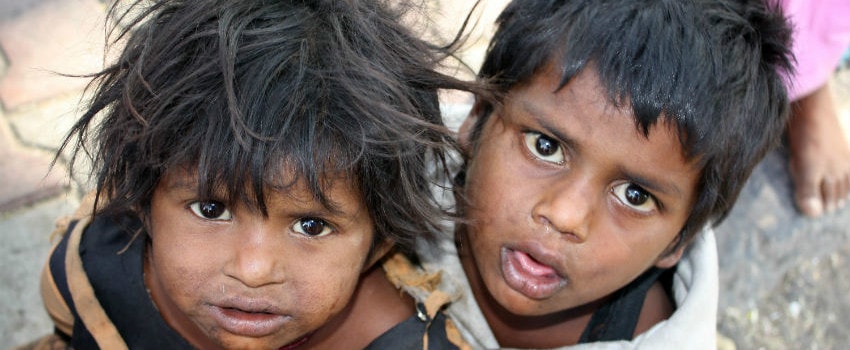
Three different UN agencies are warning that South Sudan is a crisis in the making. More than 7 million people or approximately two-thirds of the country’s population face the prospect of severe food insecurity in the coming month unless they receive access to sustained humanitarian assistance. If the worst happens, then it will be the largest number of people suffering from food insecurity in South Sudan’s short history. The greatest risk is the lean season between May and July where as many as 29,000 children could end up suffering from the most extreme level of hunger.
Half the population struggling to feed themselves
At the start of the year 5.3 million people or close to half the country’s population were already finding it touch to find enough food each day representing crisis or emergency level of food insecurity. That represents a jump of 40 per cent in the number of people who are severely food insecure compared to January 2017. Famine in parts of South Sudan was officially declared in February last year. There was a massive humanitarian response combined with improved access which was successful in mitigating famine towards the end of the year. Despite that fact the outlook has never seemed bleaker.
UNICEF and partners successfully intervened last year but the situation is fragile
UNICEF along with its sister agencies the FAO and WFP are all warning that the success of last year’s effort could easily be reversed and more people could end up being pushing into severe hunger and famine like conditions during the lean period unless both access and assistance continues. An FAO representative in South Sudan says the situation is very fragile and the country is on the brink of another famine. It is important not to ignore the stark projections otherwise another tragedy will occur. If farmers receive support there will be a rapid improvement in the food security situation of South Sudan.
Conflict violence and displacement make the problem worse
Some parts of South Sudan are riddled with recurring outbreaks of violence and conflict causing displacement. In these areas the percentage of people who face extreme food insecurity is as high as 62 per cent. The number of people facing extreme food insecurity in South Sudan will continue to rise unless people are able to either produce or purchase their own food. The conflict and deteriorating hunger situation has resulted in soaring levels of malnutrition and more than 1.3 million children are estimated to be at risk of acute malnutrition.
Preparing for the worst
A UNICEF representative in South Sudan says the agency is preparing for rates of child malnutrition never seen before in the country. Unless there is an immediate response combined with access to those who need help the most, many children will die and it is imperative that this not be allowed to happen. Last year all three UN agencies and their partners embarked on their largest ever aid campaign. In the process many lives were saved and the famine was contained. Life saving assistance was delivered to 1.8 million people in the most hard-to-reach areas. UNICEF and its partners were able to treat 208,000 children suffering from severe acute malnutrition in 2017 and the agency intends to reach another 215,000 this year.





